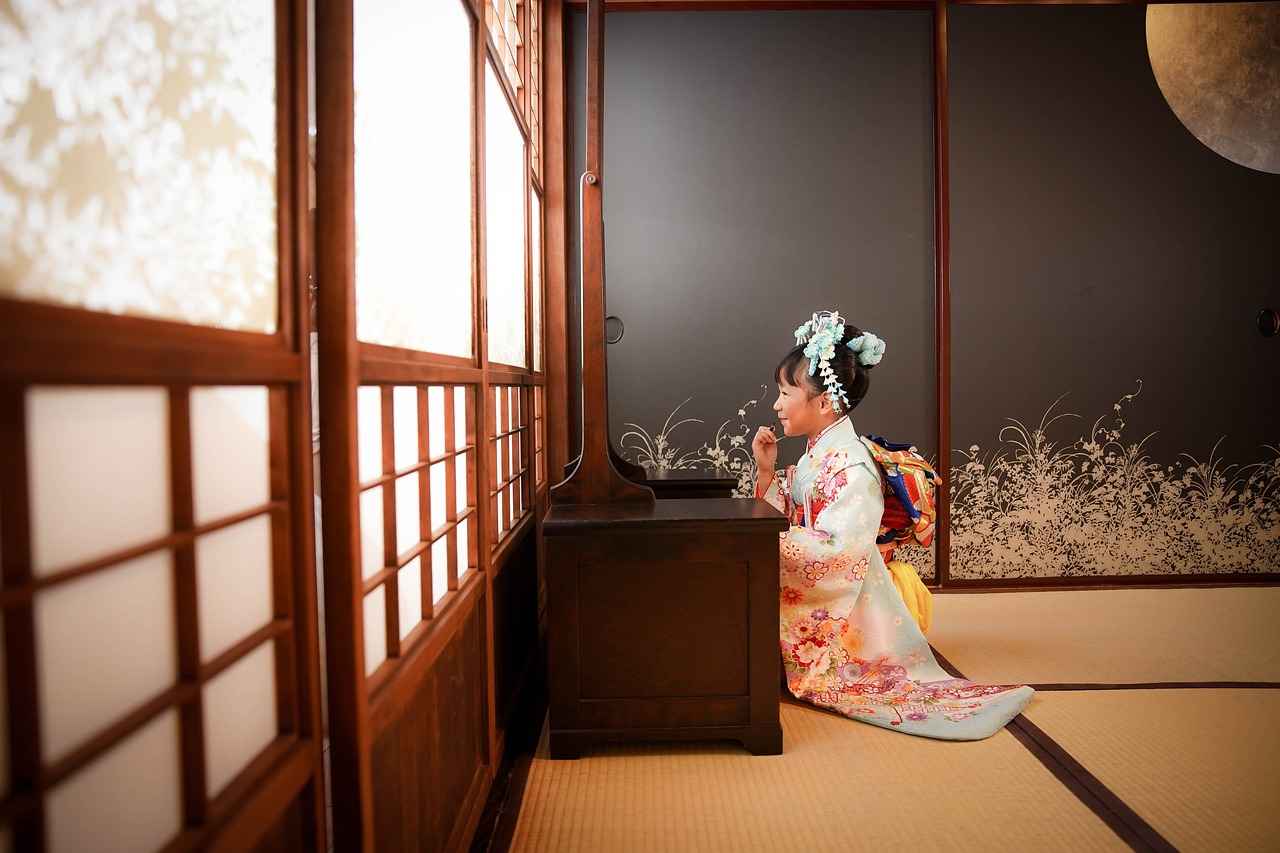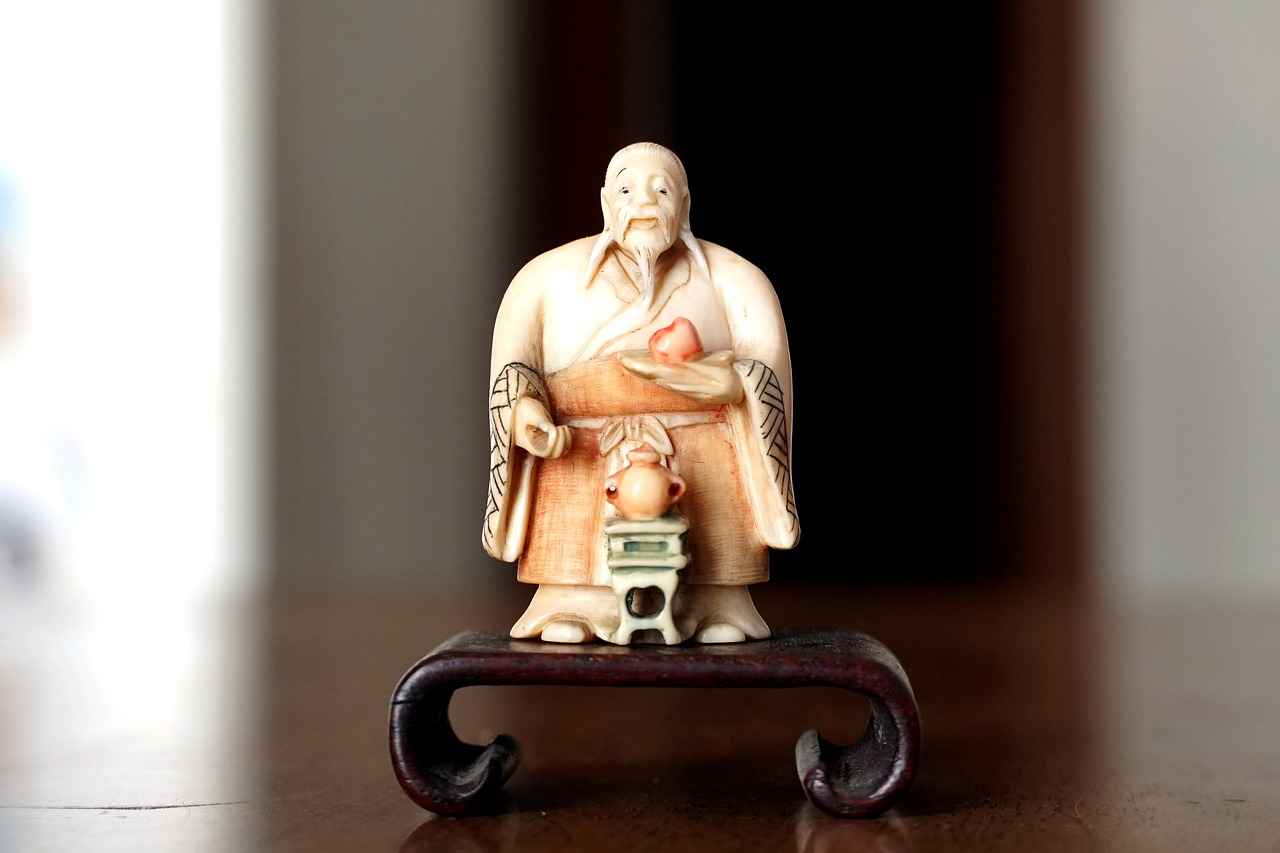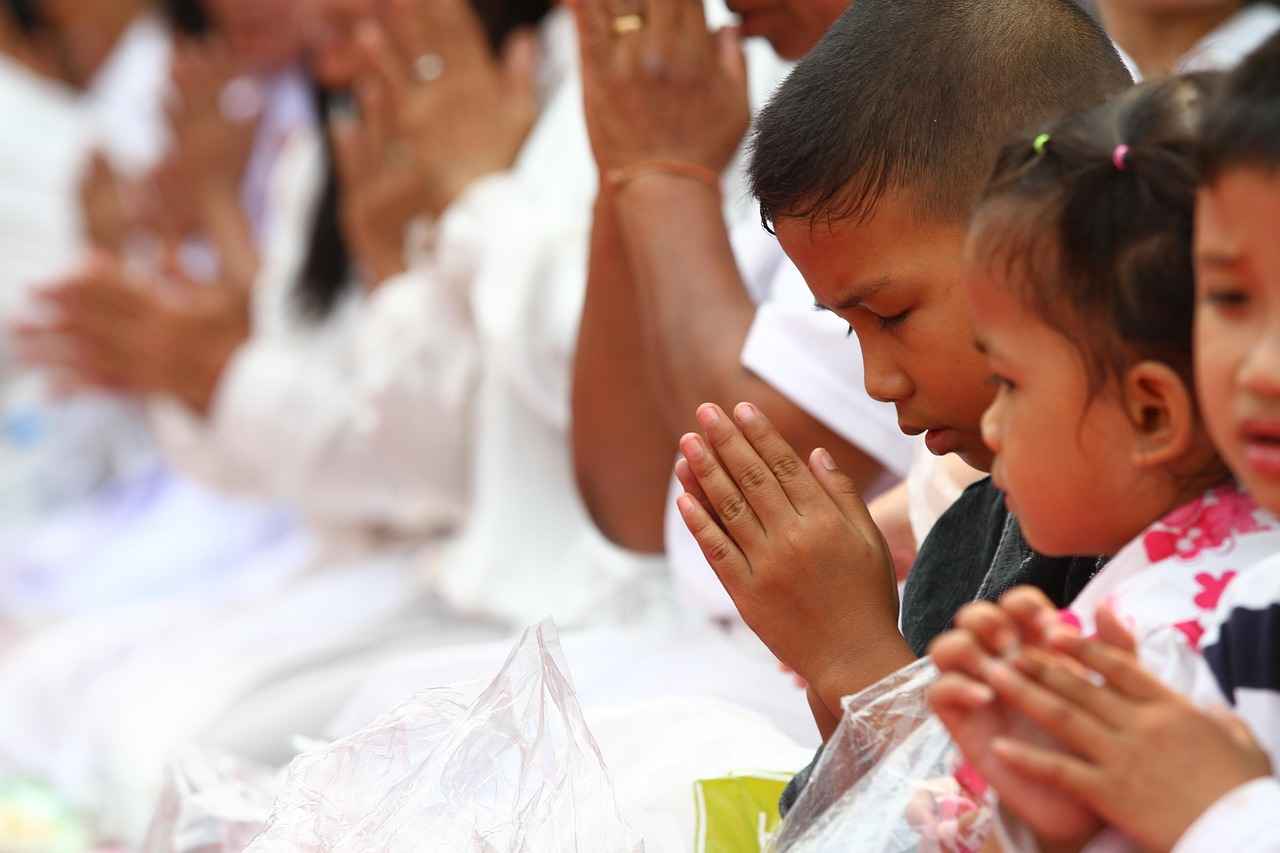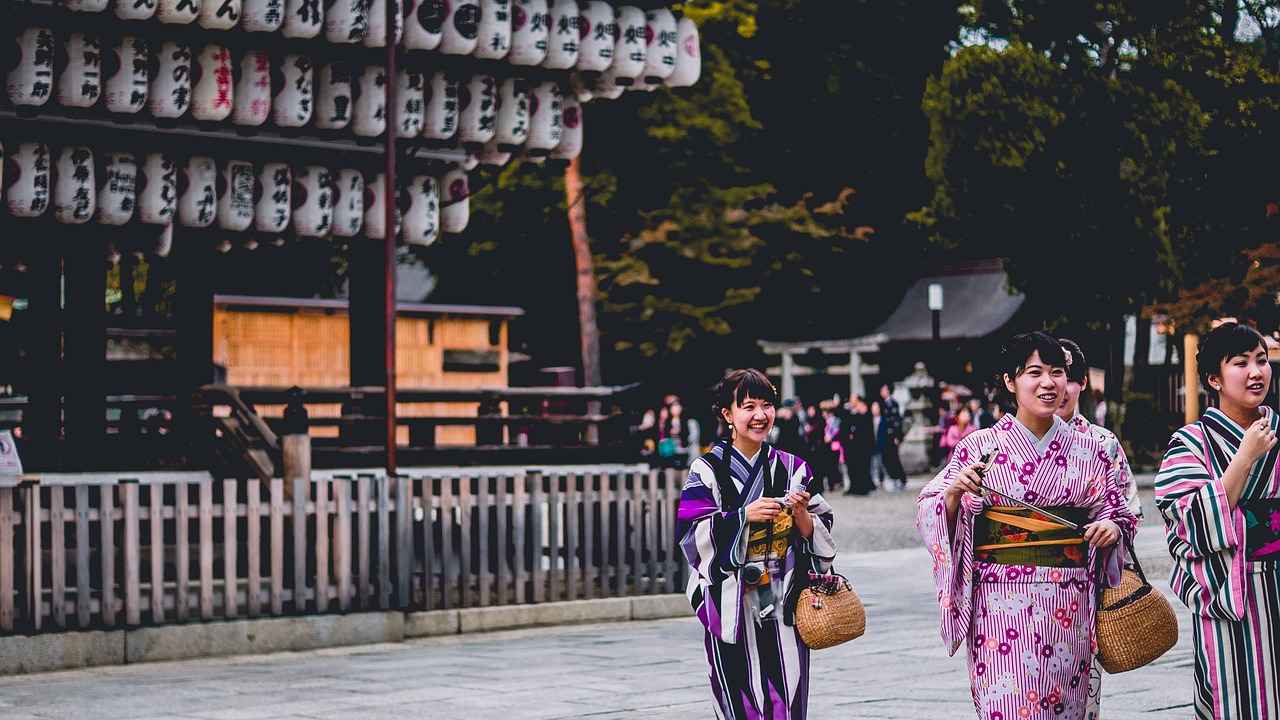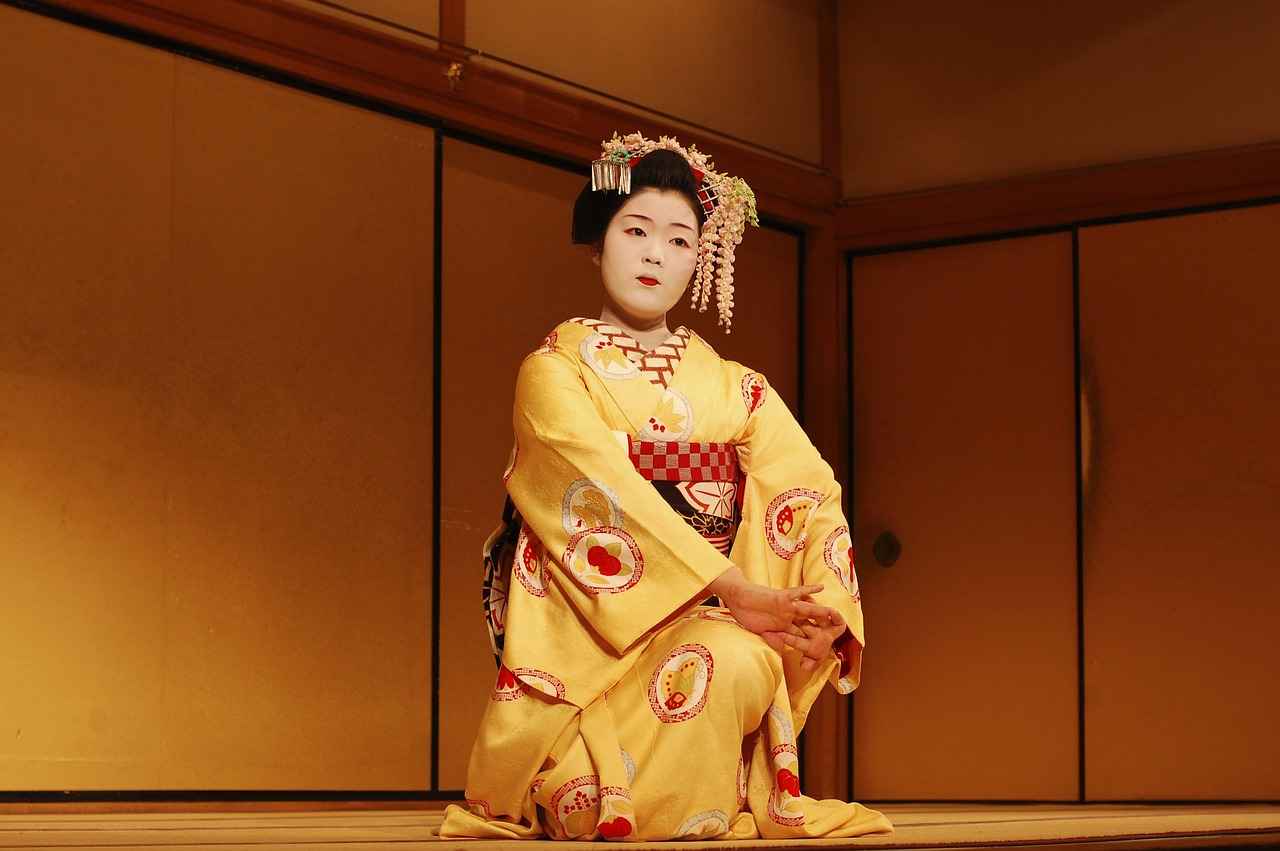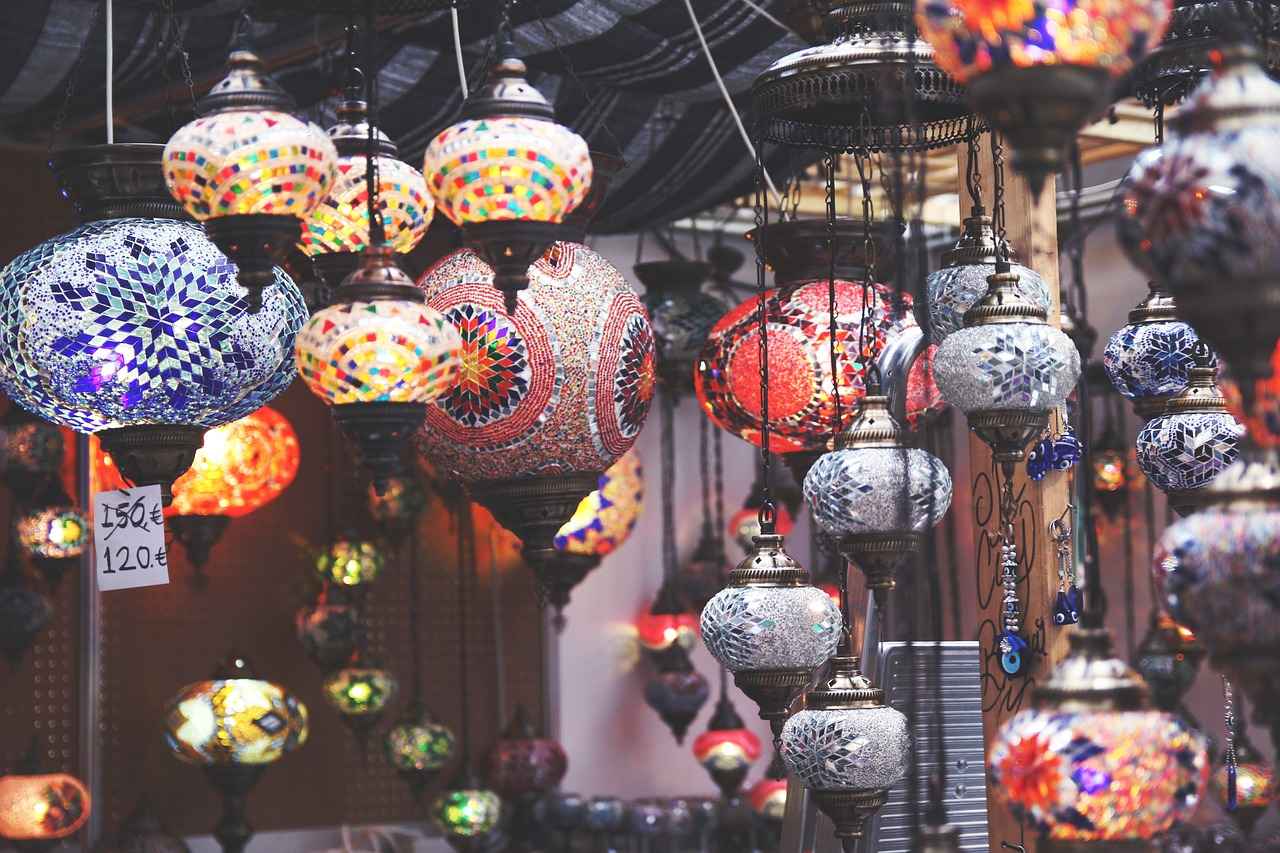This article delves into the phenomenon of white individuals wearing kimonos, exploring cultural appropriation, fashion trends, and the significance of this garment in Japanese culture.
The Origins of the Kimono
The kimono, a traditional Japanese garment, has a rich history that dates back to the Heian period (794-1185). Initially worn by nobility, the kimono has evolved over centuries, reflecting changes in society and fashion. Today, it stands as a symbol of Japanese identity and artistry, often seen in celebrations and ceremonies.
Cultural Appropriation vs. Appreciation
Understanding the distinction between cultural appropriation and appreciation is crucial. While some individuals may wear kimonos as a form of admiration and respect for Japanese culture, others may perceive it as appropriation, lacking an understanding of the garment’s significance.
How Kimonos Are Perceived in Japan
In Japan, reactions to non-Japanese individuals wearing kimonos vary. For some, it is a sign of appreciation, while others view it as a misrepresentation of their cultural heritage. This divergence highlights the complexities of cultural exchange in a globalized world.
Fashion Trends and Kimonos
- Kimonos in Streetwear: Recently, kimonos have found their way into streetwear, where they are styled with modern outfits, appealing to younger audiences.
- High Fashion and Kimonos: Designers have incorporated kimonos into high fashion, showcasing their beauty on runways, which can sometimes lead to discussions about cultural sensitivity.
Social Media Influence
Platforms like Instagram have amplified the visibility of kimonos, allowing trends to spread quickly. Fashion influencers often showcase these garments, prompting discussions about authenticity and cultural respect.
Conclusion: Navigating Cultural Sensitivity
In conclusion, the conversation surrounding white individuals wearing kimonos is nuanced. It requires a thoughtful approach that respects cultural significance while fostering appreciation for diverse traditions. By engaging in open dialogue, we can navigate the complexities of cultural exchange more sensitively.

The Origins of the Kimono
Understanding the historical context of the kimono reveals its deep-rooted significance in Japanese culture. This traditional garment, which has evolved over centuries, serves as a symbol of identity and heritage. The kimono’s origins can be traced back to the Heian period (794-1185), where it was characterized by its straight seams and long sleeves. Initially, kimonos were made from silk and adorned with intricate designs that represented the wearer’s status and family.
As time progressed, the kimono underwent various transformations, adapting to the changing social and cultural landscape of Japan. During the Edo period (1603-1868), the kimono became more accessible to the general populace, leading to the emergence of regional styles and patterns. The color and design of the kimono were often dictated by the seasons, festivals, and personal milestones, making it a versatile garment that reflected the wearer’s life journey.
In the modern era, the kimono has transcended its role as mere traditional attire, becoming a fashion statement that captures the attention of designers and fashion enthusiasts worldwide. Contemporary interpretations of the kimono often incorporate modern fabrics and styles, blending traditional aesthetics with innovative designs. This evolution highlights the garment’s ability to adapt while still honoring its rich history.
Despite its transformation, the kimono remains a powerful symbol of Japanese culture, representing not only beauty and elegance but also a connection to the past. As individuals around the world embrace the kimono, it is essential to recognize its cultural significance and the stories it tells, ensuring that this iconic garment continues to be celebrated with respect and appreciation.

Cultural Appropriation vs. Appreciation
This section delves into the intricate dynamics surrounding cultural appropriation and appreciation, particularly in relation to the wearing of kimonos by individuals outside of Japanese culture. It is essential to understand that the perception of this practice can vary significantly among different communities and contexts.
Cultural appropriation refers to the act of adopting elements of one culture by members of another culture, often without understanding or respecting the original significance. This can lead to feelings of disrespect and exploitation, especially when the appropriating culture holds more power. For instance, when kimonos are worn as mere fashion statements devoid of their cultural context, it can be perceived as trivializing an important aspect of Japanese heritage.
Conversely, cultural appreciation emphasizes respect and understanding. When individuals take the time to learn about the history, significance, and traditions associated with kimonos, their actions can foster genuine admiration. This appreciation can lead to meaningful exchanges and a deeper connection between cultures, promoting dialogue and mutual respect.
The perception of kimonos varies widely in Japan. Some individuals view the adoption of kimonos by non-Japanese as a sign of admiration and global interest in their culture. In contrast, others may feel that it dilutes the cultural significance of the garment, especially when worn inappropriately or without context.
- Context Matters: The way kimonos are worn, the occasion, and the intent behind wearing them all play crucial roles in how the act is perceived.
- Community Perspectives: Different communities within Japan may have varying opinions on the appropriation versus appreciation debate.
Ultimately, navigating the line between cultural appropriation and appreciation requires sensitivity, awareness, and a willingness to engage in conversations about cultural significance. By fostering understanding, individuals can celebrate kimonos and other cultural symbols in a manner that honors their rich heritage.
The Definition of Cultural Appropriation
Cultural appropriation is a term that describes the act of taking or borrowing elements from one culture by members of another culture, particularly when the appropriating group holds more power or privilege. This often occurs without a genuine understanding or respect for the original culture’s values, meanings, and historical contexts. As a result, cultural appropriation can lead to significant controversy and heated debates in contemporary society.
At its core, cultural appropriation is about the misrepresentation and commodification of cultural symbols. For instance, when traditional garments, music, or art forms are used in ways that strip them of their original significance, it can be seen as disrespectful. This is particularly evident when cultural elements are adopted for fashion or entertainment purposes without acknowledging their deep-rooted meanings.
One common example is the use of traditional attire, such as the kimono, in Western fashion. While some may argue that wearing a kimono is a form of appreciation, others contend that it can diminish the garment’s cultural significance, especially when worn inappropriately or out of context. This duality illustrates the fine line between cultural appropriation and cultural appreciation.
Moreover, cultural appropriation often perpetuates stereotypes and reinforces power imbalances. When dominant cultures appropriate aspects of marginalized cultures, it can lead to a sense of erasure of the original culture’s identity and history. This dynamic raises essential questions about who gets to use cultural symbols and under what circumstances.
To navigate this complex landscape, it is crucial for individuals to engage in thoughtful reflection and education about the cultures they are interacting with. By fostering a deeper understanding and respect for cultural significance, we can move towards a more inclusive and appreciative society.
Examples of Cultural Appropriation
can be observed in various facets of society, particularly in fashion, music, and art. These instances often raise questions about the boundaries of cultural exchange and the importance of context and respect when adopting elements from other cultures.
In the realm of fashion, we frequently see traditional garments being reinterpreted or commercialized without a true understanding of their cultural significance. For example, the Native American headdress has been appropriated in music festivals and fashion shows, where it is worn as a trendy accessory rather than a sacred symbol. This not only disrespects the cultural heritage but also diminishes the meaning behind the attire.
Similarly, in music, artists may borrow styles, rhythms, or instruments from different cultures. However, when these elements are taken without acknowledgment or respect, it can lead to accusations of appropriation. A notable instance is the blending of hip-hop with traditional Indigenous music, which can be seen as a lack of recognition of the original culture’s struggles and stories.
In the world of art, appropriation can manifest when artists utilize motifs or techniques from cultures that are not their own, often without permission or proper context. This raises ethical concerns, especially when the original culture is marginalized or has a history of exploitation. An example is the use of African tribal patterns in Western art, where the cultural context is often overlooked, leading to a commodification of the original significance.
Ultimately, understanding the fine line between cultural appropriation and appreciation is crucial. Engaging with another culture requires a deep respect for its history and values. By fostering open dialogues and promoting cultural sensitivity, we can celebrate diversity while honoring the richness of each culture.
Understanding Cultural Appreciation
is crucial in today’s interconnected world. It goes beyond mere acknowledgment of another culture; it emphasizes a deep respect and comprehension of its values, traditions, and significance. This understanding fosters meaningful dialogues and connections between individuals from different backgrounds, promoting a sense of unity rather than division.
In essence, cultural appreciation involves recognizing the beauty and richness of another culture while being mindful of its historical context and contemporary implications. It encourages individuals to engage with cultural elements in a way that honors their origins and significance. This approach contrasts sharply with cultural appropriation, where elements of a culture are taken without understanding or respect, often leading to misrepresentation and offense.
To illustrate this point, consider the following aspects of cultural appreciation:
- Education and Awareness: Learning about the history and significance of cultural practices, clothing, and traditions is essential. This knowledge allows individuals to appreciate the cultural nuances and avoid misinterpretation.
- Dialogue and Interaction: Engaging in conversations with individuals from the culture being appreciated fosters understanding and connection. This dialogue can lead to a richer appreciation of cultural practices.
- Support and Collaboration: Supporting artists, creators, and businesses from the culture being appreciated helps uplift those communities. Collaborating with cultural representatives ensures that the appreciation is authentic and respectful.
- Mindful Participation: When participating in cultural events or wearing traditional attire, it is vital to approach these experiences with humility and respect, recognizing the significance behind them.
Ultimately, cultural appreciation is about building bridges and fostering respect among diverse cultures. By understanding and valuing the intricacies of different cultural practices, individuals can contribute to a more inclusive and harmonious society.
How Kimonos Are Perceived in Japan
The kimono, a traditional Japanese garment, holds a unique place in the hearts of many, both within Japan and abroad. The way kimonos are perceived in Japan is a complex tapestry of admiration, cultural pride, and concern over cultural dilution. This article explores the varying perspectives on kimonos, especially in the context of their adoption by Western individuals.
On one hand, some Japanese people view the wearing of kimonos by Westerners as a form of appreciation. They see it as a recognition of the beauty and artistry that the kimono represents. This perspective often emphasizes the positive aspects of cultural exchange, where individuals from different backgrounds can celebrate and honor traditions that are not their own. The vibrant colors, intricate patterns, and rich history associated with kimonos can evoke a sense of admiration when embraced by others.
Conversely, there are those who perceive this trend as a troubling form of cultural appropriation. Critics argue that when individuals wear kimonos without understanding their significance or the cultural context, it can lead to a dilution of Japanese heritage. This sentiment is particularly strong among those who feel that the commodification of kimonos undermines their cultural importance and reduces them to mere fashion statements. The debate often centers around the idea of respect and understanding, questioning whether the adoption of such garments is done with genuine appreciation or merely as a trend.
Furthermore, the perception of kimonos can also vary based on age and regional differences within Japan. Younger generations may be more open to the idea of cultural exchange, while older individuals might hold stronger views on preserving tradition. Ultimately, the conversation surrounding kimonos is a reflection of broader themes in global culture, where the lines between appreciation and appropriation continue to blur.
In conclusion, the perception of kimonos in Japan is multifaceted. It is essential to navigate this landscape with sensitivity and a deep understanding of the cultural significance behind this iconic garment.
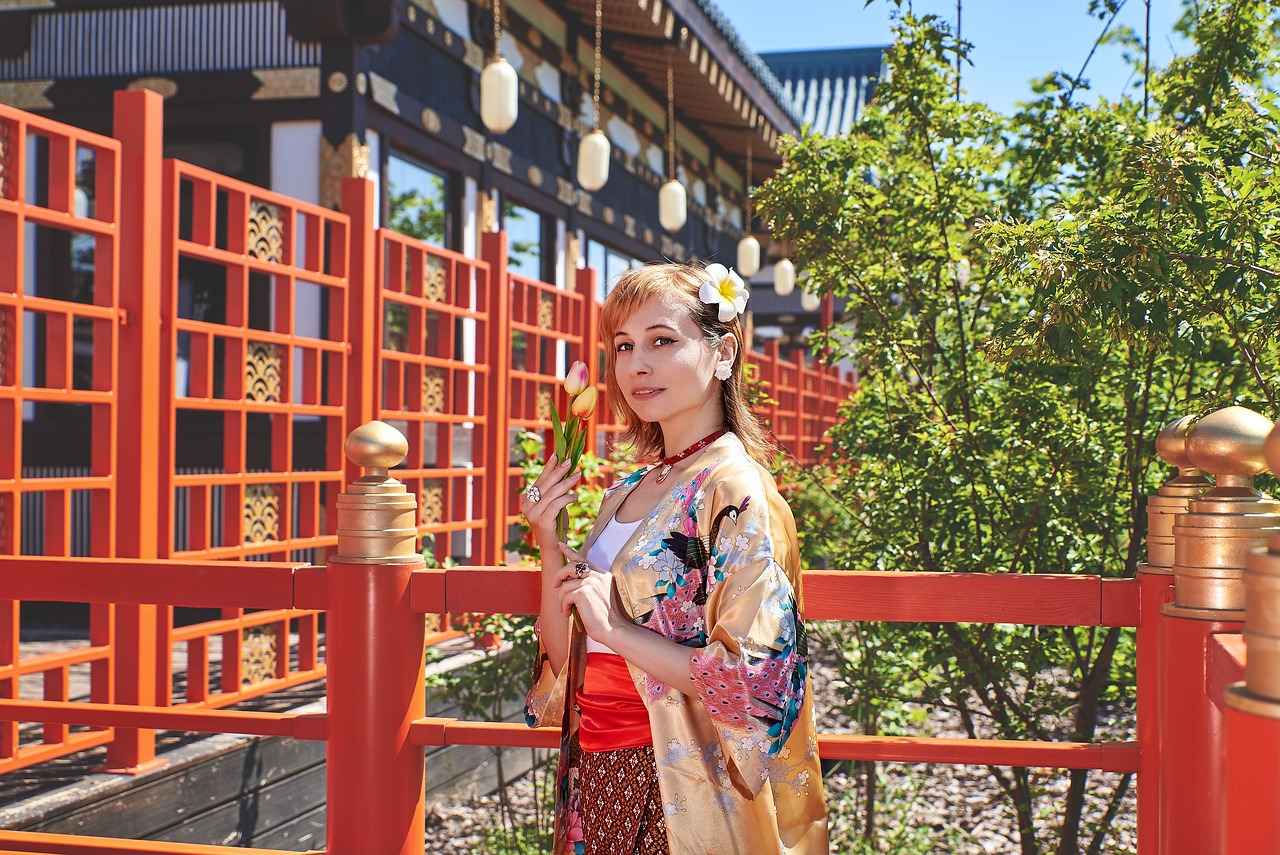
Fashion Trends and Kimonos
Kimonos have transcended their traditional roots and have firmly established themselves in the realm of global fashion trends. This evolution reflects a unique blend of cultures, showcasing how this iconic garment has been reimagined and stylized for diverse audiences.
As we explore the fashion trends surrounding kimonos, it is essential to understand their origins. Historically, kimonos are a symbol of Japanese culture, characterized by their intricate designs and rich history. Today, they are not just confined to cultural significance but have become a versatile fashion statement embraced by many.
Streetwear has played a pivotal role in popularizing kimonos, integrating them into casual outfits that resonate with younger generations. The fusion of traditional elements with modern aesthetics allows wearers to express their individuality while appreciating the garment’s heritage. For instance, pairing a kimono with jeans and a t-shirt creates a unique look that is both stylish and respectful.
In the realm of high fashion, designers have also adopted kimonos, showcasing them in collections that highlight their beauty and versatility. Runway shows often feature kimonos, elevating their status in the fashion industry. However, this visibility often sparks discussions about cultural sensitivity and the importance of honoring the garment’s origins.
Social media platforms, particularly Instagram, have significantly influenced the visibility of kimonos. Fashion influencers showcase various styles, driving interest and engagement. However, this trend also raises questions about authenticity and the need for respect towards the cultural roots of such garments.
In conclusion, the journey of kimonos into global fashion is a testament to their adaptability and appeal. While they continue to inspire new trends, it is crucial for wearers to navigate the fine line between appreciation and appropriation, ensuring that the rich cultural heritage of kimonos is honored and respected.
Kimonos in Streetwear
have become a fascinating intersection of tradition and modernity, captivating fashion enthusiasts across the globe. This unique blend of cultures not only highlights the versatility of the kimono but also showcases the evolving nature of streetwear as a genre.
The incorporation of kimonos into streetwear is a testament to the garment’s adaptability. Originally a symbol of Japanese heritage, the kimono has been reimagined by streetwear designers to fit contemporary aesthetics. Fashion brands are now experimenting with various fabrics, colors, and patterns, creating pieces that resonate with a younger, more diverse audience.
- Casual Wear: Kimonos are often paired with casual staples like jeans, t-shirts, and sneakers, creating a laid-back yet stylish look.
- Layering: The lightweight nature of kimonos makes them ideal for layering, allowing wearers to express their individuality while staying comfortable.
- Graphic Prints: Many streetwear brands incorporate bold graphics and vibrant prints into their kimono designs, appealing to trendsetters who seek to make a statement.
This trend not only reflects a growing appreciation for cultural garments but also raises important questions about cultural sensitivity. As kimonos gain popularity in Western fashion, it is crucial for consumers and designers alike to approach this trend with respect and understanding of its cultural significance. Engaging with the history and meaning behind the kimono can lead to a more authentic and respectful adoption of this beautiful garment.
In conclusion, the fusion of kimonos into streetwear signifies a broader trend of cultural exchange in fashion. By embracing these traditional elements, streetwear not only honors the rich history of the kimono but also creates a platform for dialogue about cultural appreciation versus appropriation. As this trend continues to evolve, it will be interesting to see how it shapes the future of fashion.
High Fashion and Kimonos
In recent years, the kimono, a traditional Japanese garment, has transcended its cultural roots to become a prominent fixture in the world of high fashion. Esteemed designers have embraced this elegant attire, showcasing it in their collections and on prestigious runways. This trend not only elevates the kimono’s status but also ignites a complex debate surrounding cultural sensitivity and appropriation.
The kimono, with its intricate designs and rich history, is more than just a piece of clothing; it symbolizes Japanese heritage and craftsmanship. High fashion designers often reinterpret kimonos, incorporating contemporary elements that appeal to global audiences. This fusion of traditional and modern styles can lead to a broader appreciation of the garment, yet it raises essential questions about the respect and understanding of its cultural significance.
One of the most notable aspects of high fashion’s adoption of the kimono is the debate on cultural appropriation. Critics argue that when designers from outside Japan use the kimono without acknowledging its origins, it risks trivializing a garment that holds deep cultural meaning. Conversely, proponents of this trend suggest that such adaptations can foster cross-cultural dialogue and appreciation, provided they are approached with sensitivity and respect.
Moreover, the visibility of kimonos in high fashion often sparks conversations about the representation of Asian cultures in Western fashion. As designers continue to showcase kimonos, it becomes crucial for them to engage with the cultural narratives behind these garments, ensuring that their collections do not perpetuate stereotypes or diminish the garment’s significance.
In conclusion, while the presence of kimonos in high fashion can enhance their status and promote cultural exchange, it is vital for designers and consumers alike to navigate this landscape with care. Acknowledging the rich history and meaning behind the kimono can lead to a more respectful and informed appreciation of this beautiful garment.

Social Media Influence
has become a pivotal element in shaping modern perceptions of cultural attire, particularly in the case of the kimono. With the rise of platforms such as Instagram, TikTok, and Pinterest, kimonos have gained unprecedented visibility, allowing them to transcend traditional boundaries and enter mainstream fashion.
Through the lens of social media, the kimono is not merely a piece of clothing; it represents a fusion of culture and fashion that resonates with a global audience. Influencers and fashion enthusiasts showcase kimonos in diverse styles, from casual streetwear to high-fashion ensembles, effectively demonstrating their versatility. This exposure has led to a rapid spread of trends, where kimonos are reimagined in various fabrics, patterns, and cuts.
However, the impact of social media on the kimono’s visibility is a double-edged sword. While it promotes appreciation and interest in Japanese culture, it also raises critical questions about cultural appropriation. Many individuals express concern over the potential misrepresentation of kimonos, arguing that wearing them without understanding their cultural significance can dilute their traditional value. As such, social media becomes a platform for dialogue, where users discuss and reflect on these important issues.
Furthermore, the use of hashtags like #KimonoStyle and #CulturalAppreciation facilitates conversations around the garment’s significance. Such discussions encourage users to share their insights and experiences, fostering a community that values both fashion and cultural respect. This exchange can lead to a greater understanding of the kimono’s history and the importance of honoring its roots.
In conclusion, social media has undeniably transformed the visibility of kimonos, creating a space where cultural attire can be celebrated while also prompting necessary conversations about respect and appreciation. As trends continue to evolve, it is essential for individuals to navigate this landscape with awareness and sensitivity.
Instagram and Fashion Influencers
Instagram has become a powerful platform for fashion influencers, who often showcase a variety of styles, including the kimono. This traditional Japanese garment, characterized by its intricate designs and flowing silhouette, has gained significant popularity among influencers, leading to a surge in interest and discussions around its cultural significance.
The visibility of kimonos on social media platforms raises important questions about authenticity and the respect owed to the garment’s rich cultural roots. While many influencers present kimonos as trendy fashion statements, it is crucial to acknowledge the historical context and cultural heritage behind them. For many in Japan, the kimono symbolizes deep cultural values and traditions that have been passed down through generations.
Influencers often present kimonos in a variety of styles, from casual streetwear to high-fashion ensembles, thus broadening the appeal of this traditional garment. However, this trend can lead to concerns about cultural appropriation, where elements of one culture are adopted without a proper understanding of their significance. It is vital for influencers to engage in cultural appreciation rather than appropriation, which involves a respectful acknowledgment of the garment’s origins and meanings.
Furthermore, the use of hashtags related to kimonos on Instagram can spark conversations about cultural significance and sensitivity. These discussions foster a community that encourages awareness and respect for diverse traditions. As fashion influencers continue to showcase kimonos, they have a unique opportunity to educate their audience about the importance of understanding the cultural narratives behind what they wear.
In conclusion, while the rise of kimonos in fashion is an exciting development, it is essential for influencers and their followers to navigate this space with care and respect. By promoting cultural appreciation, they can help ensure that the beauty of the kimono is celebrated without compromising its significance.
Hashtags and Cultural Conversations
The rise of social media has transformed the way culture is shared and discussed, particularly regarding traditional garments like the kimono. Hashtags play a vital role in this dynamic, serving as digital signposts that guide users to content related to cultural discussions. When individuals use hashtags associated with kimonos, they contribute to a broader conversation about cultural significance, appropriation, and appreciation.
By employing hashtags such as #KimonoCulture, #CulturalAppreciation, and #KimonoFashion, users can connect with others who share similar interests and perspectives. This digital engagement can facilitate meaningful discussions that promote awareness and sensitivity towards the cultural roots of the kimono. For instance, when someone posts a photo wearing a kimono with a thoughtful caption explaining its significance, it can spark dialogue among followers, encouraging them to reflect on their understanding of cultural attire.
Moreover, the use of these hashtags can help differentiate between cultural appropriation and appreciation. By highlighting the importance of context and intention, social media users can create a space where individuals are encouraged to learn about the traditions behind the kimono rather than simply adopting it as a fashion statement. This fosters a community that values education and respect over mere imitation.
As discussions evolve, it becomes crucial to recognize the impact of these conversations on both local and global scales. Engaging with hashtags allows for the sharing of diverse viewpoints, contributing to a richer understanding of the kimono’s role in both Japanese culture and the global fashion landscape. Ultimately, the thoughtful use of hashtags can bridge cultural gaps, promoting a more nuanced appreciation of this beautiful garment.

Conclusion: Navigating Cultural Sensitivity
In the ongoing discussion regarding white individuals wearing kimonos, it is essential to recognize the complexity of this issue. The act of donning a kimono transcends mere fashion; it is deeply intertwined with Japanese culture and history. Understanding the significance of this garment is crucial in fostering a respectful dialogue.
The concept of cultural appropriation often arises in these discussions. This term refers to the adoption of elements from one culture by individuals from another, typically without a full understanding of their meaning or importance. When white individuals wear kimonos, it can sometimes be perceived as a lack of respect for the garment’s rich heritage. This perception can lead to feelings of appropriation rather than appreciation, which is a vital distinction to make.
On the other hand, there is a case for cultural appreciation. This involves a genuine respect and understanding of another culture, which can lead to meaningful exchanges and connections. Some argue that when individuals from outside Japan wear kimonos, it can be seen as a form of admiration for Japanese culture, provided it is done thoughtfully and respectfully.
Moreover, the context in which kimonos are worn plays a significant role in shaping perceptions. For instance, wearing a kimono at a cultural event or festival can be viewed positively, as it acknowledges and celebrates the culture. However, wearing it as a costume or for commercial gain without understanding its significance can lead to backlash.
Ultimately, the conversation around white individuals wearing kimonos requires a delicate balance of sensitivity and understanding. By fostering appreciation for the cultural significance of kimonos, we can promote respect for diverse traditions while navigating the complexities of cultural exchange. It is essential to engage in these discussions thoughtfully, ensuring that all voices are heard and respected.
Frequently Asked Questions
- Is it cultural appropriation for white people to wear kimonos?
This is a hot topic! Some argue it’s appropriation if worn without understanding its cultural significance, while others believe it can be an appreciation of Japanese culture. It all depends on the context and intention behind wearing the kimono.
- What is the difference between cultural appropriation and cultural appreciation?
Cultural appropriation involves taking elements from a culture without respect or understanding, often leading to offense. In contrast, cultural appreciation is about acknowledging and respecting the culture, promoting dialogue and connection.
- How do Japanese people view Westerners wearing kimonos?
Opinions vary widely in Japan. Some see it as a compliment and a sign of admiration, while others view it as a dilution of their cultural heritage. It’s a complex issue that often sparks lively discussions!
- Are kimonos considered fashionable in Western cultures?
Absolutely! Kimonos have been embraced in Western fashion, appearing in streetwear and high fashion alike. They’re often reimagined to fit modern styles, showing a blend of cultures that many find appealing.
- What role does social media play in the popularity of kimonos?
Social media, especially platforms like Instagram, has been pivotal in popularizing kimonos. Fashion influencers showcase them, sparking interest and conversations about their cultural roots and significance.






